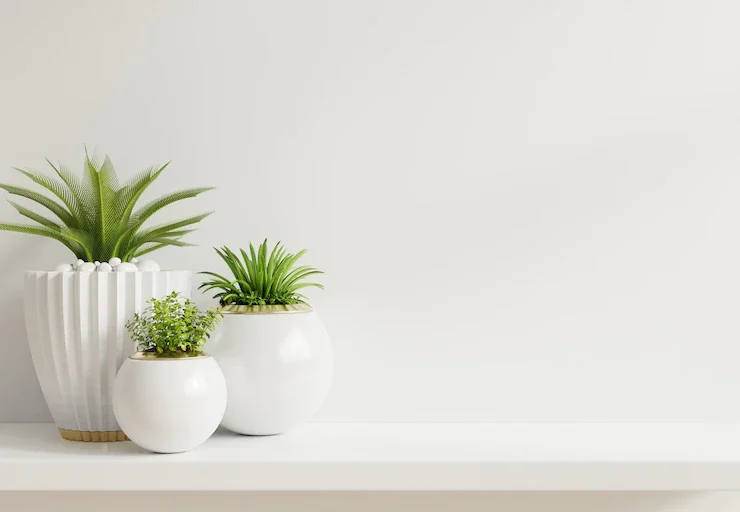-
Posts
0 -
Joined
-
Last visited
ElizabethNavarro's Achievements

Pre-Gold (1/7)
0
Reputation
About Me
"USDA" stands for United States Department of Agriculture, the institution that published the original map showing USDA planting zones (1960).
There is also a competing system known as the "sunset climate zones." This system is popular in the West, whereas the USDA system is predominant in the East. Sunset justifies the existence of its separate system by saying that its zones, unlike the USDA's, factor in all of the following important considerations:
- Length of growing season
- Timing and amount of rainfall
- Winter lows
- Summer highs
- Wind
-
Humidity
Examples of Hardy and Tender Plants
As a beginner, all of these numbers may confuse you, at first. But once you get used to them, you will become adept at immediately classifying properly labeled plants as being either cold-hardy or on the tender side.
Examples of cold-hardy plants include:
- Peonies (Paeonia lactiflora): 2 to 9
- Goldenrod (Solidago): 2 to 8
- Adonis amurensis: 3 to 7
- Ninebark (Physocarpus opulifolius): 3 to 7
- Oriental poppy (Papaver orientale): 3 to 7
- Common lilac shrubs (Syringa vulgaris): 3 to 7
- PeeGee hydrangeas (Hydrangea paniculata): 3 to 8
-
Examples of plants that are not very cold-hardy include:
- Bougainvillea: 9 to 11
- Bird of paradise (Strelitzia reginae): 9 to 11
- Gerbera daisy (Gerbera jamesonii): 9 to 11
- Aloe vera (Aloe barbadensis): 9 to 11
- Purple fountain grass (Pennisetum setaceum Rubrum): 9 to 11
- Elephant ear (Colocasia esculenta): 8 to 11
- Snake lily (Amorphophallus konjac): 8 to 10
- Tropicanna canna (Canna Phasion): 8 to 11
-
Northern gardeners often single themselves out as being constrained by planting zones, wishing they lived in a climate warm enough that they could overwinter a plant such as purple shamrocks (Oxalis regnellii) outdoors.
But the constraints do work the other way, too. For example, gardeners in very hot climates have trouble growing plants with chilling requirements, such as Crocus bulbs, which northern gardeners grow with ease.


